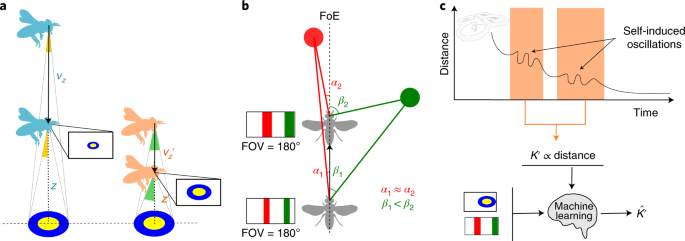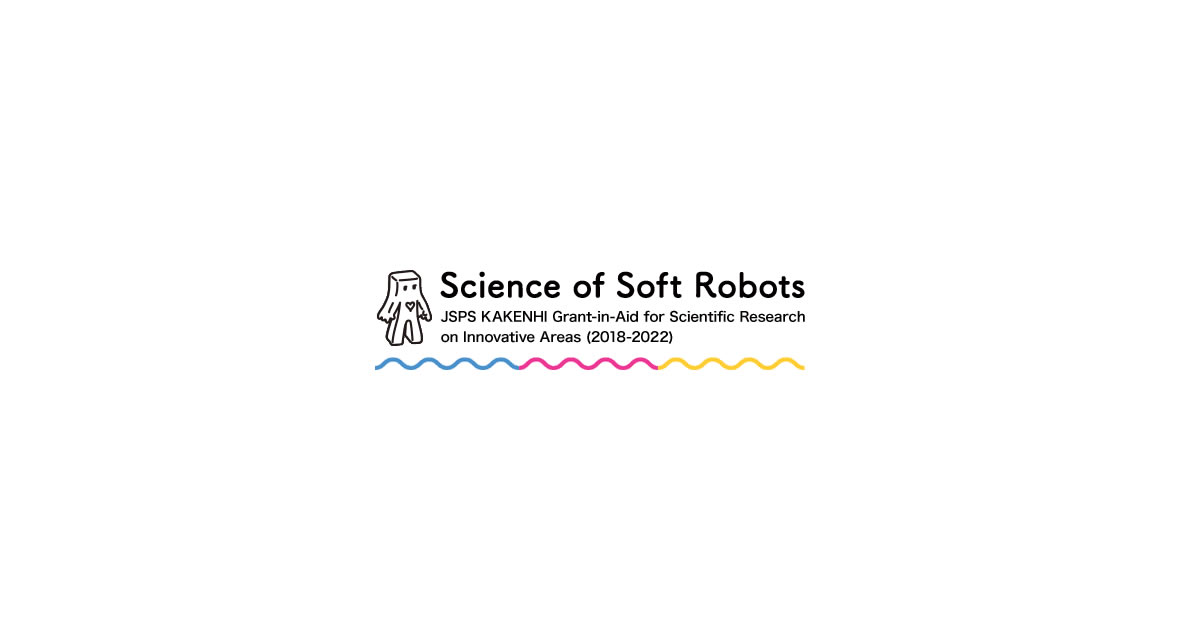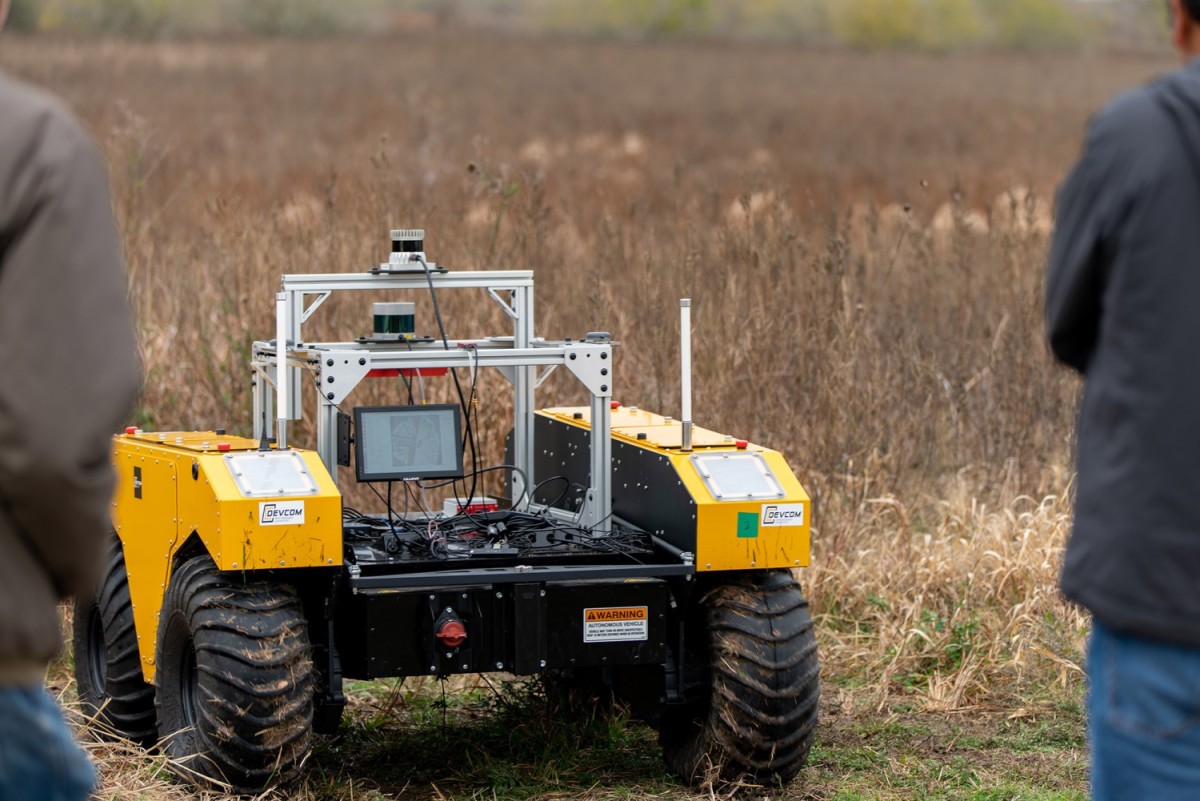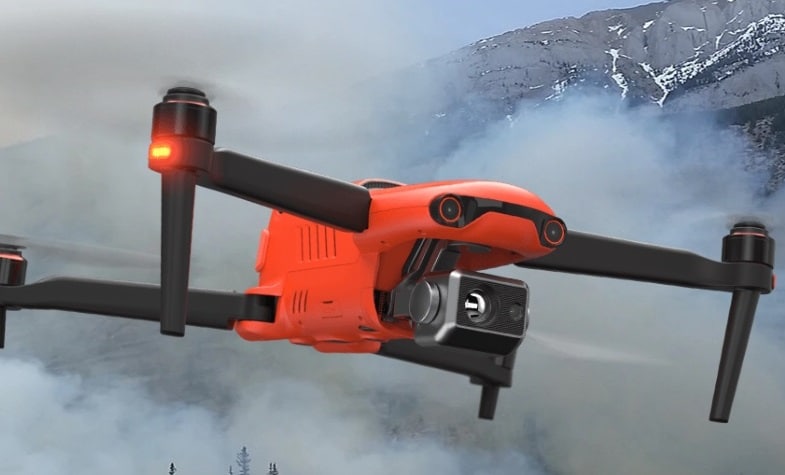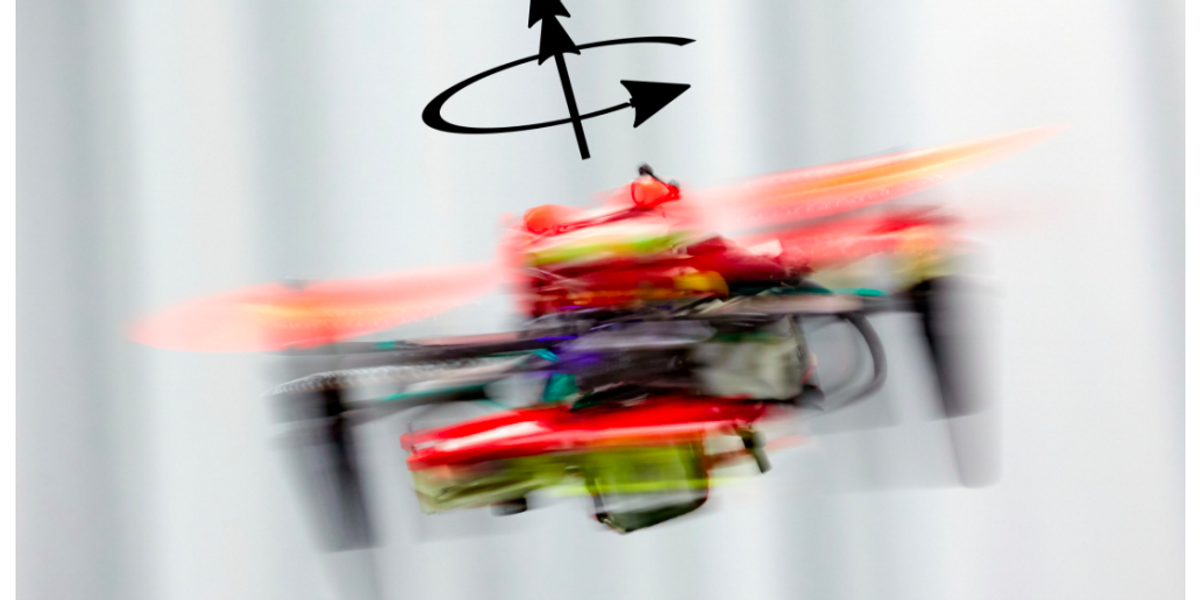Good as some drones are becoming at obstacle avoidance, accidents do still happen. And as far as robots go, drones are very much on the fragile side of things. Any sort of significant contact between a drone and almost anything else usually results in a catastrophic, out-of-control spin followed by a death plunge to the ground. Bad times. Bad, expensive times.
A few years ago, we saw
some interesting research into software that can keep the most common drone form factor, the quadrotor, aloft and controllable even after the failure of one motor. The big caveat to that software was that it relied on GPS for state estimation, meaning that without a GPS signal, the drone is unable to get the information it needs to keep itself under control.
In a paper recently accepted to RA-L, researchers at the University of Zurich report that they have developed a vision-based system that brings state estimation completely on-board. The upshot: potentially any drone with some software and a camera can keep itself safe even under the most challenging conditions.
A few years ago, we wrote about first author Sihao Sun’s work on
high speed controlled flight of a quadrotor with a non-functional motor. But that innovation relied on an external motion capture system. Since then, Sun has moved from Tu Delft to
Davide Scaramuzza’s lab at UZH, and it looks like he’s been able to combine his work on controlled spinning flight with the Robotics and Perception Group’s expertise in vision. Now, a downward-facing camera is all it takes for a spinning drone to remain stable and controllable

